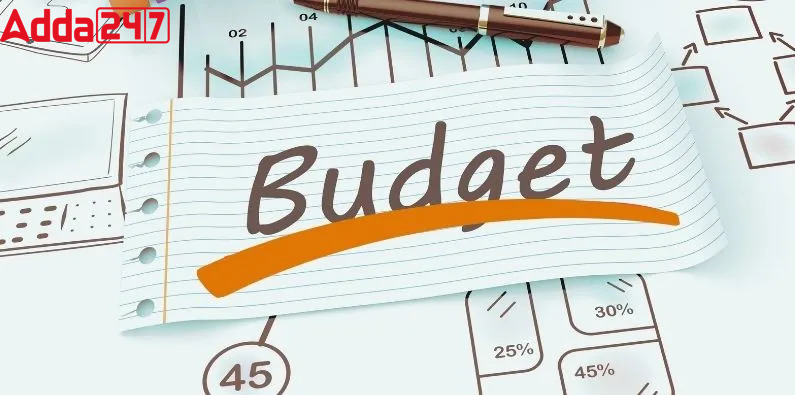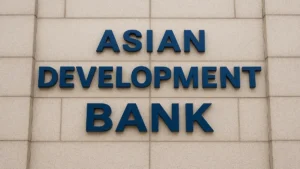1. Introduction to the Budget Process in India
The budget process in India is a comprehensive and meticulous procedure that involves various stages, from its inception to final approval. This process is a crucial aspect of the country’s financial management and governance.
2. Pre-Budget Consultations
2.1 Stakeholder Engagement
Before the budget is formulated, the government engages in extensive consultations with various stakeholders, including industry experts, economists, and the public. This helps in understanding the diverse needs and concerns of different sectors.
2.2 Data Collection and Analysis
The finance ministry collects and analyzes economic data, fiscal trends, and other relevant information to formulate a realistic and informed budget.
3. Budget Formulation
3.1 Drafting the Budget Proposal
Based on the consultations and data analysis, the finance ministry prepares a draft budget proposal. This includes revenue and expenditure estimates, policy initiatives, and sector-specific allocations.
3.2 Cabinet Approval
The draft budget is then presented to the cabinet for approval. The cabinet reviews and provides inputs on the proposed allocations and policies.
4. Presentation of the Budget
4.1 Budget Speech
The Finance Minister presents the budget in the parliament through a detailed budget speech. This speech outlines the government’s fiscal policies, proposed expenditures, and revenue-raising measures.
4.2 Budget Documents
Accompanying the budget speech are detailed documents that provide a comprehensive breakdown of revenue and expenditure, along with the economic and fiscal outlook.
5. Parliamentary Approval
5.1 General Discussion
After the budget presentation, there is a general discussion in both houses of parliament where members express their views on the budgetary proposals.
5.2 Department-wise Discussions
Parliamentary committees conduct department-wise discussions to scrutinize allocations and policies specific to each ministry or department.
5.3 Voting on Budget*
After discussions, both houses vote on the budget. If approved, it signifies the parliament’s consent to the financial proposals.
6. Implementation of the Budget
6.1 Allocations Disbursement
Once the budget is passed, the allocated funds are disbursed to the respective ministries and departments for implementation of planned initiatives.
6.2 Monitoring and Evaluation
Government agencies monitor the implementation of budgetary provisions, and periodic evaluations ensure that the allocated funds are used efficiently and effectively.
7. Post-Budget Revisions
7.1 Mid-Year Review
A mid-year review may be conducted to assess the budget’s performance and make necessary adjustments based on changing economic conditions.
7.2 Supplementary Budgets
If unforeseen circumstances arise, supplementary budgets may be presented to address additional financial requirements.
Important Takeaways For All Competitive Exams
Budget Process in India for Competitive Exams:
- Pre-Budget Consultations: Stakeholder engagement and data analysis.
- Budget Formulation: Drafting, cabinet approval, and presentation.
- Parliamentary Approval: General and department-wise discussions, voting.
- Implementation: Allocations disbursement, monitoring, and evaluation.
- Post-Budget Revisions: Mid-year review, supplementary budgets.
- Key Focus: Understand stages, stakeholders, and key principles for effective fiscal governance.
Important Questions Related to Exams
- What are the key stages in the budget process of India?
- How does stakeholder engagement contribute to the budget formulation?
- Explain the significance of the budget speech in the parliamentary approval process.
- What role do parliamentary committees play in scrutinizing the budget?
- How does the government monitor and evaluate the implementation of budgetary provisions?
- Describe the purpose of a mid-year review in the budgetary cycle.
Kindly share your responses in the comment section!!




 Retail Inflation Rises Slightly to 0.71%...
Retail Inflation Rises Slightly to 0.71%...
 India’s Foreign Reserves Touch $687.26 B...
India’s Foreign Reserves Touch $687.26 B...
 ADB Raises India’s Growth Forecast to 7....
ADB Raises India’s Growth Forecast to 7....







